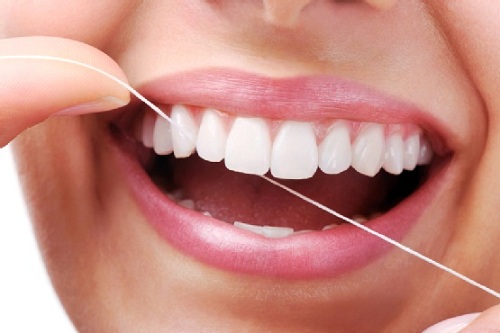Prevention of periodontal diseases
Periodontal disease, also known as gum disease is common among adults. In such diseases, some groups of bacteria generate an inflammatory process in the tissues supporting the teeth. This inflammation begins is termed the gum and gingivitis. If not properly treated, it can progress to periodontitis which leads to the destruction of the bone supporting the teeth and ultimately total loss of the tooth.
A study on oral health conducted in 2010 shows that nine out of ten adults over age 35 suffer from periodontal processes. As explained Dr. Juan Puchades in the Second Symposium SEPA DENTAID, periodontal sequelae processes involve aesthetic and functional level.
9 out of 10 adults age 35 suffer periodontal processes
To prevent periodontal disease is essential to maintain good control of our oral hygiene. Other factors such as snuff consumption, diabetes and stress play an important role in the prevention of periodontal diseases.
In periodontal disease, the bacteria adhere to tooth creating a dental biofilm, which can progress and grow below the gum line, sub gingival generating an inflammatory process. The plaque biofilm is deposited on the tooth and contains communities of bacteria that adapt to their environment and are trained to communicate. With the development of biofilm bacteria gain resistance. Oral hygiene is very important as it involves a mechanical removal of the biofilm, and prevents their establishment and development
Bacteria growing in a biofilm develop defensively to survive the antimicrobial capabilities. If the number of bacteria is high protection and resistance which gives them the biofilm, they can easily offset any antimicrobial treatment, including some defense mechanisms of our body.
If you have already established periodontal disease should perform mechanical treatments in a clinic to remove the soft, biofilm, and hard tartar deposits, together with the establishment of a proper oral hygiene techniques and the use of a chemical adjuvant therapy.
The chemical therapy is most effective when combined with the previous one. It has been shown that chlorhexidine reduces bacterial loads. The combination of good hygiene and bacterial control by applying effective antimicrobials is essential for subsequent disease control.



